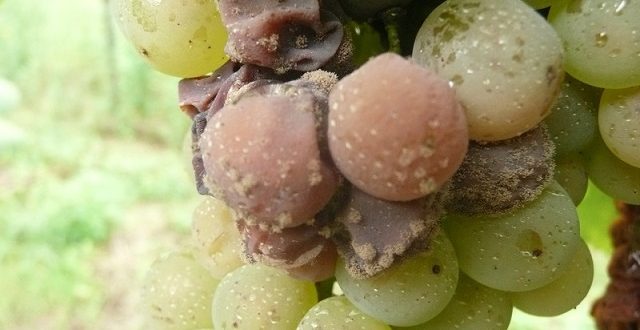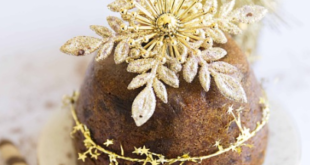Botrytis cinerea sounds pretty unpleasant, but without this fungus, we wouldn’t have some of our finest sweet wine.
Affecting the grapes when they are ripe, it causes them to shrivel up concentrating the juice. Noble Rot describes the infection process and the subsequent natural drying of the grape. The process needs the right climatic conditions, damp and misty when the grapes are ripe. Some years it doesn’t occur.
Sauternes
The famous sweet wine is produced in a region of Bordeaux. It uses only over ripe and noble rot grapes. As yields are lower, and the wine is aged for over three years, prices are higher. Outside of Europe the name can apply generically to other sweet wines.
Other Noble Rot wines
Tokay (Aszu) from Hungary.
South Africa produces Noble Late Harvest sweet wines. Nederburg is internationally famous.
Riverina in New South Wales is one of the few areas in Australia where the fungus occurs, an example is Gramps Botrytis Semillon.
Sweet wine alternatives
Ice wines from Germany and other regions rely on the grapes freezing, losing water to concentrate the juice. Other processes are late picking, drying of picked grapes or fortification.
 Vino-Club For Wine Lovers
Vino-Club For Wine Lovers







